
In the past 72 hours, Antpool has dominated 26.48% of Bitcoin’s overall hashrate, closely followed by Foundry USA at 24.95%. Together, these two mining pools wield 51.43% of the prevailing 502 exahash per second (EH/s) total hashrate. This level of concentration in bitcoin mining pools has been unprecedented since 2013, reminiscent of the era when Ghash and Btc Guild were the leading forces in hashrate dominance.
Bitcoin Mining Power Shift: A Return to Dominance by Few Players
Years back, the focus among bitcoin advocates was heavily on the centralization of bitcoin (BTC) mining pools, a topic that sparked considerable debate. Nowadays, though some voices still raise concerns over miner centralization, these issues have largely faded into background noise.
For example, in the last three days, Antpool and Viabtc collectively generated 51.43% of Bitcoin’s entire hashrate, reigniting some discussions about this concentration. In 2023, the concentration of miners mirrors the situation in 2013, when mining pools like Ghash and Btc Guild held a commanding 55% share of the network’s total hashrate.
A notable incident in March 2013 involved an accidental fork, leading to a majority hashrate being used to revert the Bitcoin software to a previous version. Btc Guild, controlling 20-30% of the hashrate, collaborated with developers to roll back the software, sacrificing their proof-of-work since the blockchain split.
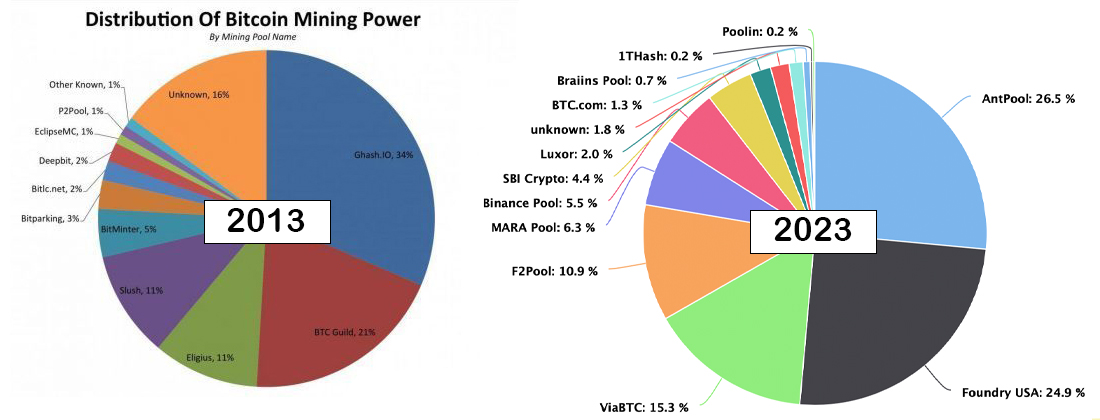
This action sparked significant discussion in the community. Arvind Narayanan and Ethereum co-founder Vitalik Buterin wrote about the event, with Buterin highlighting that the “incident opens up serious questions about the nature of the Bitcoin protocol and puts into the spotlight some uncomfortable facts about Bitcoin’s notion of ‘decentralization.’”
Today’s miner centralization echoes that of 2013, sans the chain-splitting episode. Current dominating mining pools nearly replicate the hashrate control seen in Btc Guild and Ghash. This wasn’t the case in 2016 when the top two pools (Antpool and F2pool) only had 32.25% of the hashrate.
Similarly, in 2017, 2018, and 2019, this level of centralization was not observed. However, in 2020, 2021, and 2022, bitcoin mining pools began to centralize again. In June 2022, Foundry USA and Antpool had a combined 38.47% of the total hashrate.
Transaction Filtering Becomes an Issue
Over the past three days, Antpool and Foundry collectively dominate 51.43% of the hashrate among more than 40 pools. Fascinatingly, an altcoin featured on several centralized exchanges might see its deposits halted or face delisting due to concerns that the blockchain may experience a significant reorganization.
Concerns have shifted from potential 51% attacks to censorship within the hashrate and consensus discussions among bitcoiners. For instance, the U.S. Treasury’s Office of Foreign Assets Control (OFAC) has been blacklisting crypto addresses, and miners have the discretion to select which transactions to process.
In May 2021, the North American mining company Marathon produced its first OFAC-compliant block but later abandoned this practice after Taproot’s introduction. Recently, it was discovered that F2pool was filtering transactions linked to OFAC-sanctioned addresses but ceased this after community pushback.
F2pool remains the fourth largest mining pool currently. Moreover, Ocean Pool, supported by Jack Dorsey and led by Bitcoin Core developer Luke Dashjr, faced criticism for censoring transactions related to coinjoin privacy methods and Ordinal inscriptions. Despite a slight dip in hashrate following the backlash, Ocean’s hash power has stayed over 450 petahash per second (PH/s).
Essentially, the evolving landscape of bitcoin mining, marked by fluctuating centralization and emerging concerns over transaction censorship, reflects a dynamic ecosystem and one that should be monitored with vigilance at all times. While the community grapples with challenges to Bitcoin’s decentralization ethos, decentralization advocates must ensure the ongoing debate continues regarding the network’s integrity and the future of bitcoin mining.
How do you view the 2023 mining centralization reflecting the patterns observed back in 2013? Share your perspectives and insights on this topic in the comments section below.

You can get bonuses upto $100 FREE BONUS when you:
💰 Install these recommended apps:
💲 SocialGood - 100% Crypto Back on Everyday Shopping
💲 xPortal - The DeFi For The Next Billion
💲 CryptoTab Browser - Lightweight, fast, and ready to mine!
💰 Register on these recommended exchanges:
🟡 Binance🟡 Bitfinex🟡 Bitmart🟡 Bittrex🟡 Bitget
🟡 CoinEx🟡 Crypto.com🟡 Gate.io🟡 Huobi🟡 Kucoin.

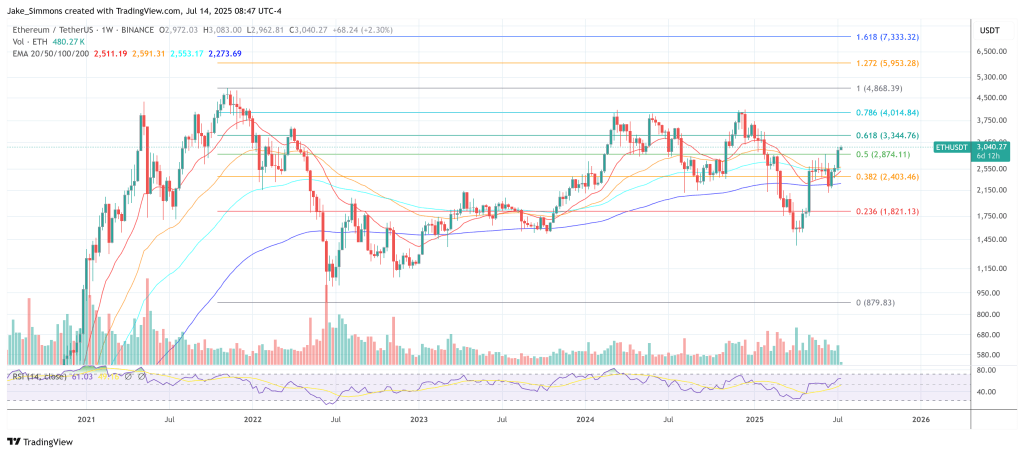
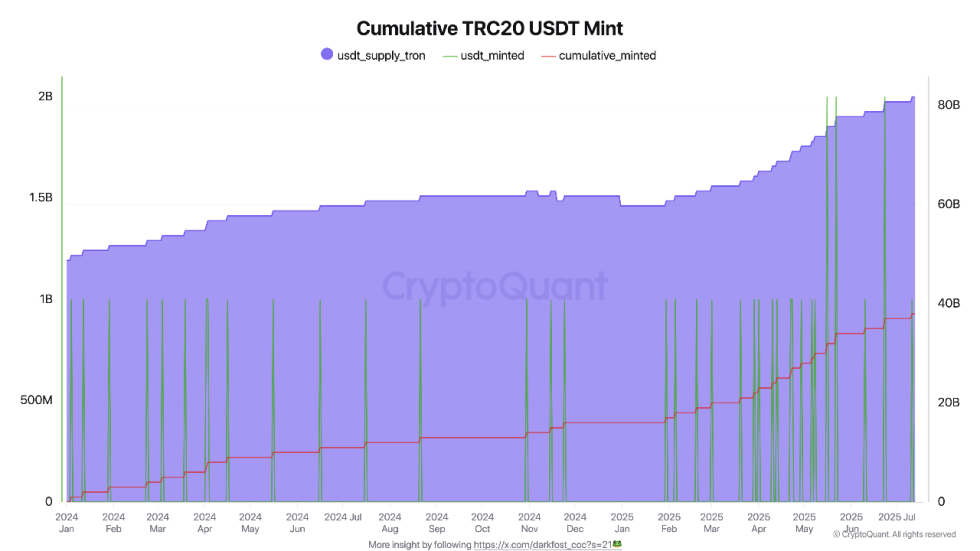










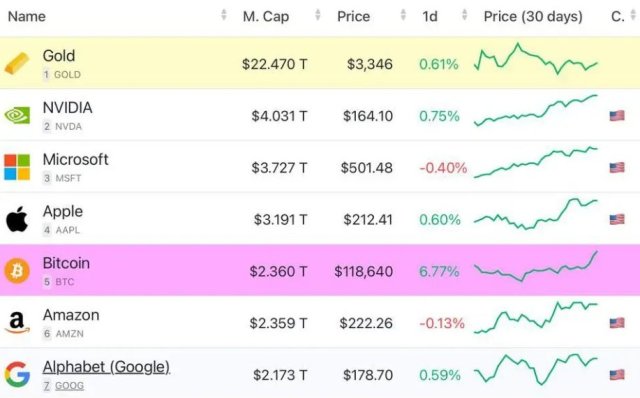




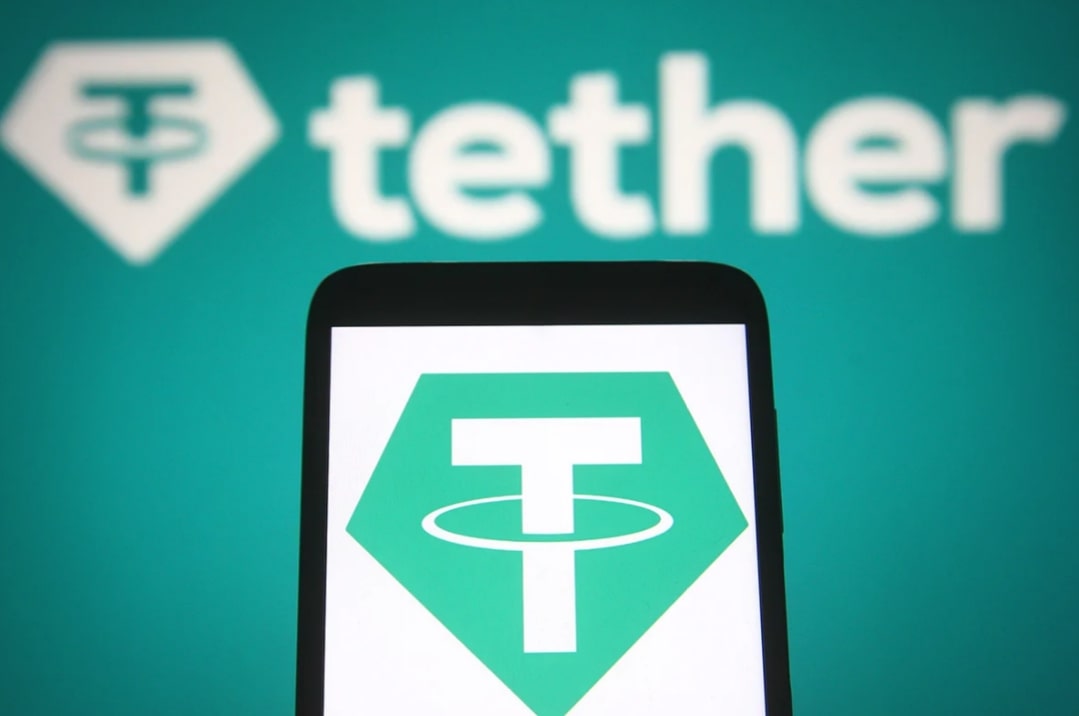
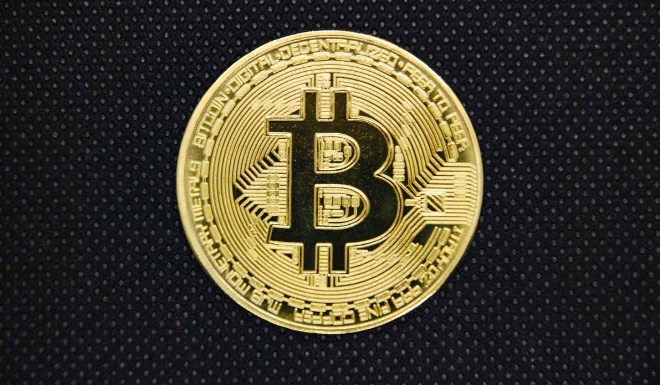
Comments